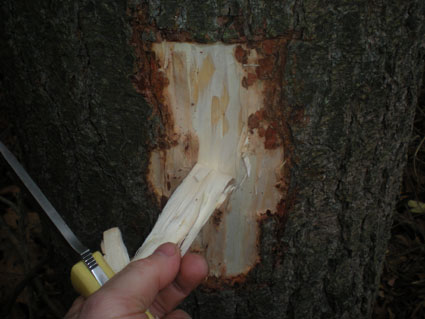Hunting is a way of life in the Adirondacks. Dating back to
the Native Americans who used the park as a hunting ground, people have made a
living of the fruits of the land. However, now that it only takes a short trip
to the grocery store to get food and refrigeration keeps it safe for days, the
significance of hunting as drastically changed. While hunting is still seen as
an example of our struggle with nature, it has become more of a sport.
The Salerno family exemplifies this
cultural shift. The four Salereno brothers, Pat Jr., Tim, Randy, and Tony,
learned how to hunt from their father, Pat Sr. Pat. Sr. spent much of his time
in the Adirondacks learning the tricks of the trade. He also played baseball
and according to Adirondack life he, “brought the
same dedication to hunting as he did to the other great sport in his life,
baseball”(Connelly, 2014). Pat Sr. once a shortstop for the Brooklyn Dodgers is
a man of many talents. He used his hunting talents to turn a profit, doing
shows, selling DVDs and even appearing on the Discovery Channel. The Salerno
family is a typical Adirondack family in that not only are they able to make a
living off the land in but they are able to do so in a creative and unique
fashion.
The techniques and
stories told by the family also capture the spirit of the Adirondacks. The
family hunts by pretending to be just another animal in the woods. They try to
match the pace of the bucks that they are trying to hunt. If the deer starts
run they run, if it meanders, they meander (Connelly, 2014). The family is truly
trying to become a part of the woods. But, they are doing so in order to kill
and remove something from the woods. This complex seems to be an intrinsic part
of the contradictions with the park Yes, humans are trying to coexist with the
wilderness and live within the park. At the same time we must ask ourselves
what are we taking away and destroying by trying to do so.
Connelly, Joe. "Adirondack Life
Blog Archive The Ghost Buck - Adirondack Life." Adirondack Life Blog
Archive The Ghost Buck - Adirondack Life. Adirondack Life, 29 Oct. 2016.
Web. 29 Apr. 2016.
<http://www.adirondacklifemag.com/blogs/2015/10/29/the-ghost-buck/>.



